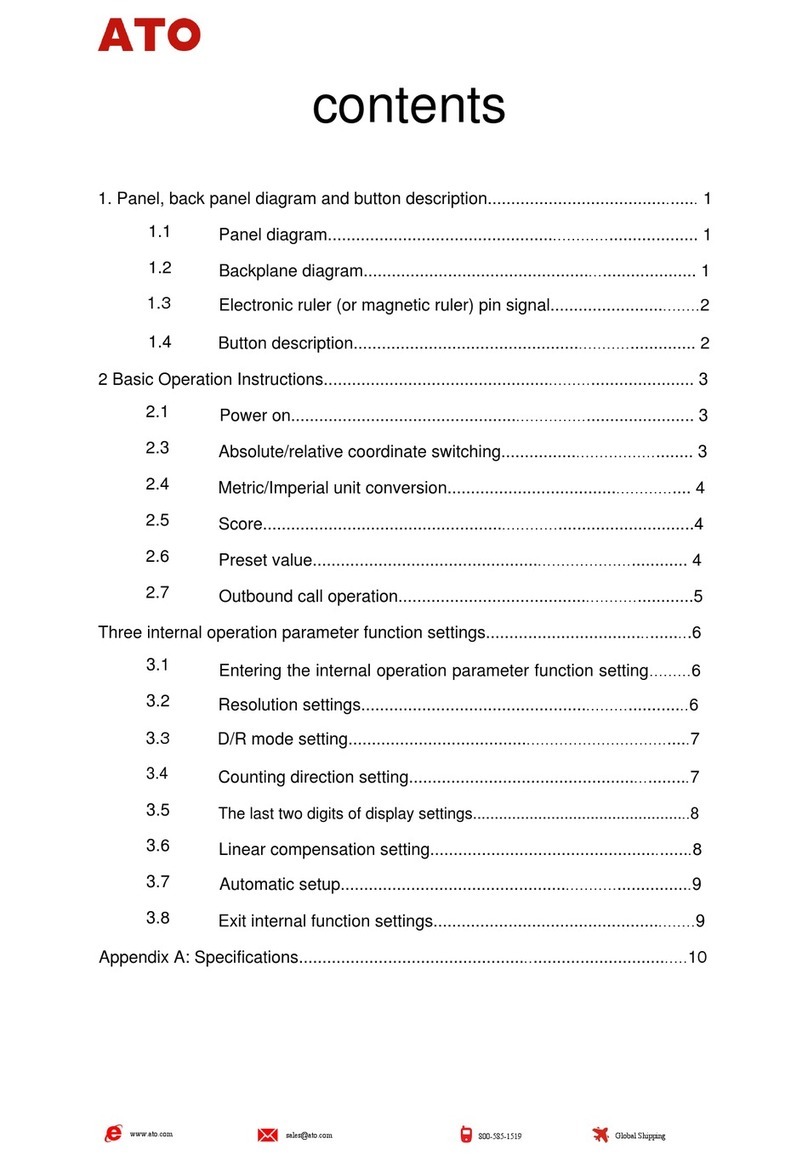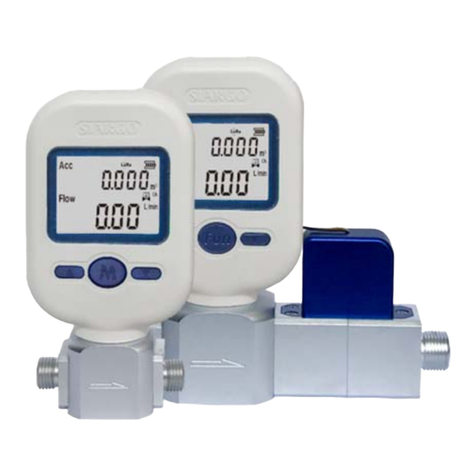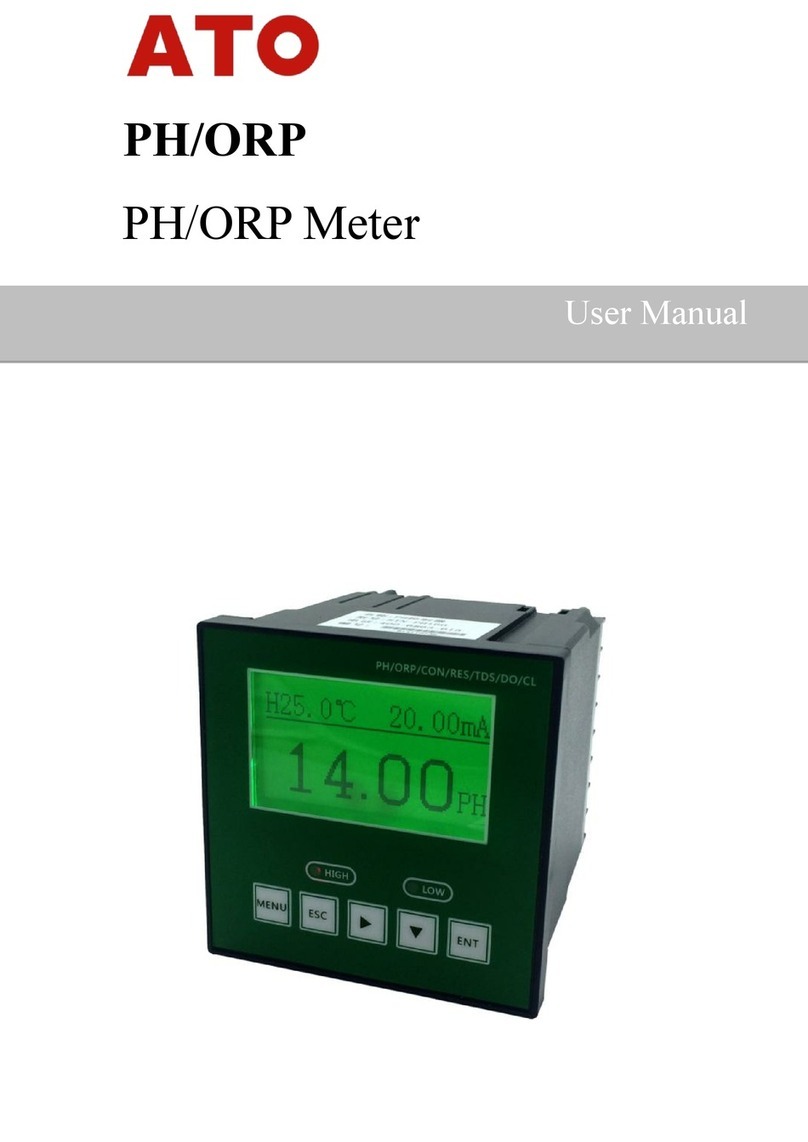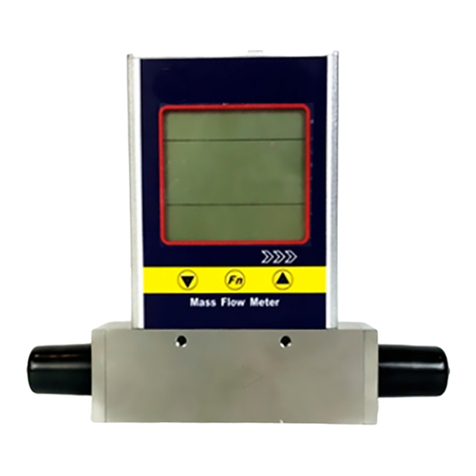
Contents
1. Introduction.................................................................................................................................... 1
§1.1 Preface................................................................................................................................1
§1.2 Features.............................................................................................................................. 1
§1.3 Principle of Measurement...................................................................................................2
§1.4 Parts Identification............................................................................................................. 2
§1.5 Typical Applications........................................................................................................... 5
§1.6 Data Integrity and Built-in Time-Keeper............................................................................5
§1.7 Product Identification......................................................................................................... 5
§1.8 Specifications..................................................................................................................... 6
2. Starting Measurement.....................................................................................................................7
§2.1 Built-in Battery...................................................................................................................7
§2.2 Power On............................................................................................................................7
§2.3 Keypad............................................................................................................................... 8
§2.4 Menu Windows................................................................................................................... 8
§2.5 Menu Windows Arrangement............................................................................................. 9
§2.6 Steps to Configure the Parameters....................................................................................10
§2.7 Transducers Mounting Allocation.....................................................................................11
§2.8 Transducers Installation....................................................................................................12
§2.8.1 Transducers Spacing..............................................................................................12
§2.8.2 V-method Installation.............................................................................................12
§2.8.3 Z-method Installation............................................................................................ 13
§2.8.4 W-method Installation........................................................................................... 13
§2.8.5 N-method Installation............................................................................................ 14
§2.9 Installation Checkup.........................................................................................................14
§2.9.1 Signal Strength...................................................................................................... 14
§2.9.2 Signal Quality........................................................................................................14
§2.9.3 Total Transit Time and Delta Time.........................................................................14
§2.9.4 Time Ratio between the Measured Total Transit Time and the Calculated Time ...15
3. How To.........................................................................................................................................16
§3.1 How to judge if the instrument works properly................................................................ 16
§3.2 How to judge the liquid flowing direction........................................................................ 16
§3.3 How to change between units systems..............................................................................16
§3.4 How to select a required flow rate unit............................................................................. 16
§3.5 How to use the totalizer multiplier....................................................................................16
§3.6 How to open or shut the totalizers.................................................................................... 16



































